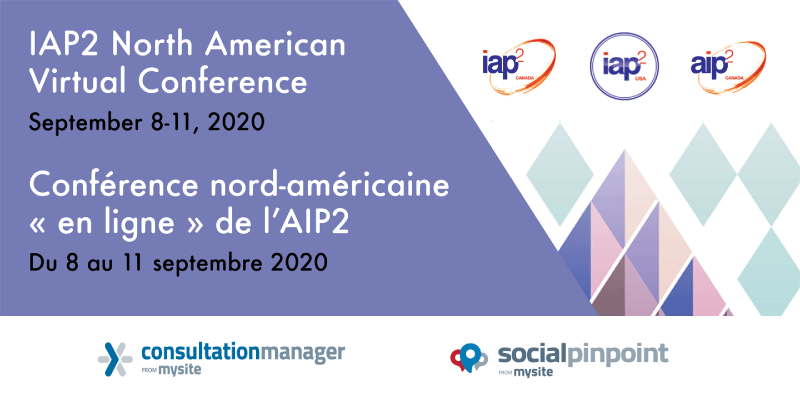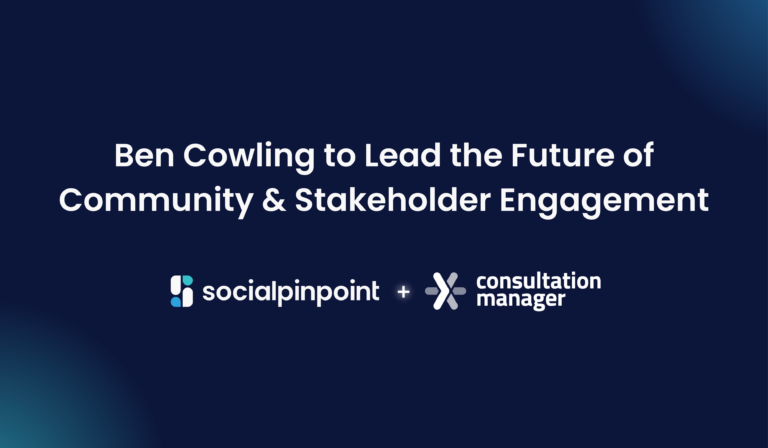This year, the IAP2 North American Conference was held virtually due to the global pandemic. As sponsors of the event, we loved hearing the insights and advice from engagement experts across a range of industries. In case you missed it, here are our key takeaways from this year’s conference.
Building trust between local government and their communities
Trust is a wildcard. If the public doesn’t believe and trust their local government, it can be hard to encourage them to participate no matter what tools you use. So, how do we get the people who don’t have trust into our engagement space? We need to flip it and look at it the other way around. How we can gain trust to enter into the community’s spaces? The answer to this is authenticity, which leads us to our next point.
Authentic engagement is important
To engage authentically, you need to meet stakeholders where they are at. This is true for in-person engagement, but what can that look like online? With in-person engagement, turnout is generally lower when you ask people to come to you, so we often go to where our stakeholders are (shopping centers, parks etc.). So, how do we adapt this lesson to an online space? Firstly, think about incorporating your online tools into these in-person interactions to spread awareness of the ability to give feedback online. You should also look at optimizing your social media presence to suit where your target stakeholders are interacting most and frame your tools into partner sites with high traffic.
Engaging Indigenous Communities
Diversity and Inclusion was a highly talked about topic and is a crucial factor in all aspects of community engagement. When engaging and talking about indigenous communities, it is essential to specify which group of people you are referring to. You must do your research to understand the organizational structure of the community to find out who the leaders are and key influencers to speak with. Understanding their values will enable you to tailor your engagement strategy to make sure you are hitting the points that are important to the community. Always be transparent, honest, and authentic in your engagement strategies. Some other good tips for engaging indigenous communities:
- Don’t overdress
- Be calm and comfortable
- Don’t assume you understand their culture. You won’t know everything and it’s okay to ask questions to gain a better understanding
What is old is new again
Online community engagement shouldn’t be a replacement for interpersonal communication. In fact, traditional promotion channels for your online engagement such as newspapers, billboards and radio were highly recommended by many engagement professionals. You should think about how traditional engagement can enhance your digital engagement and what a future hybrid model could look like. While we are socially distant, there is still a desire for and appreciation for the human component of community engagement. It’s important to leverage online tools to better serve this purpose and always remember, online engagement will NEVER replace traditional engagement strategies.
Here at Consultation Manager and Social Pinpoint, we are constantly striving to better understand and empower organizations towards best practice engagement and keep up to date with this ever-evolving industry. If you have any questions on how you could implement some of these learnings into your engagement strategy we would love to hear from you!




